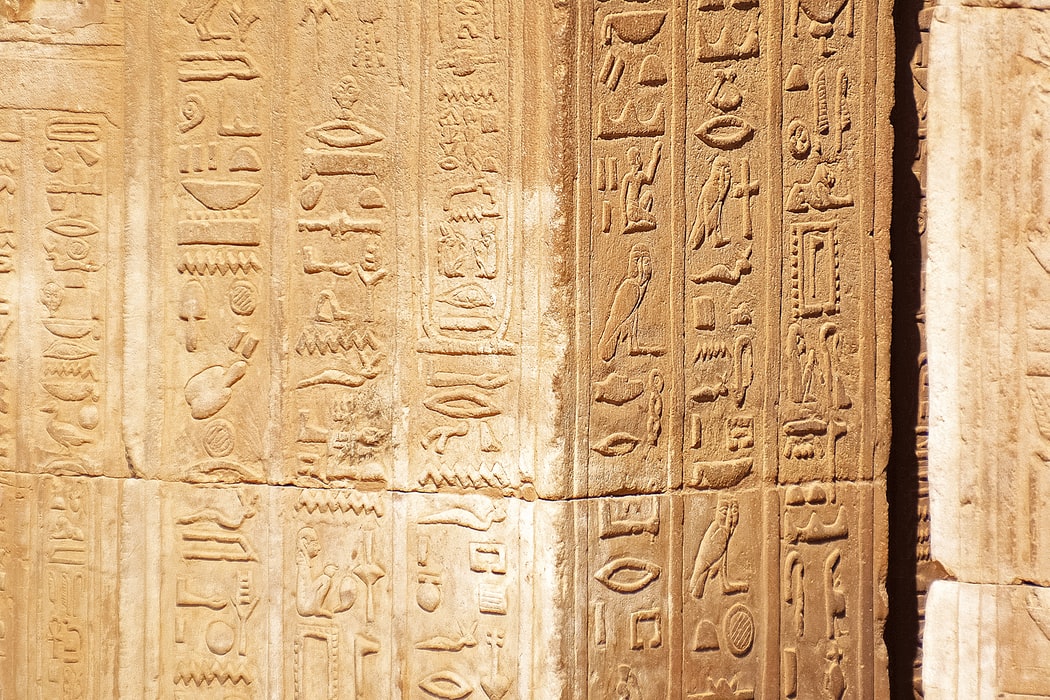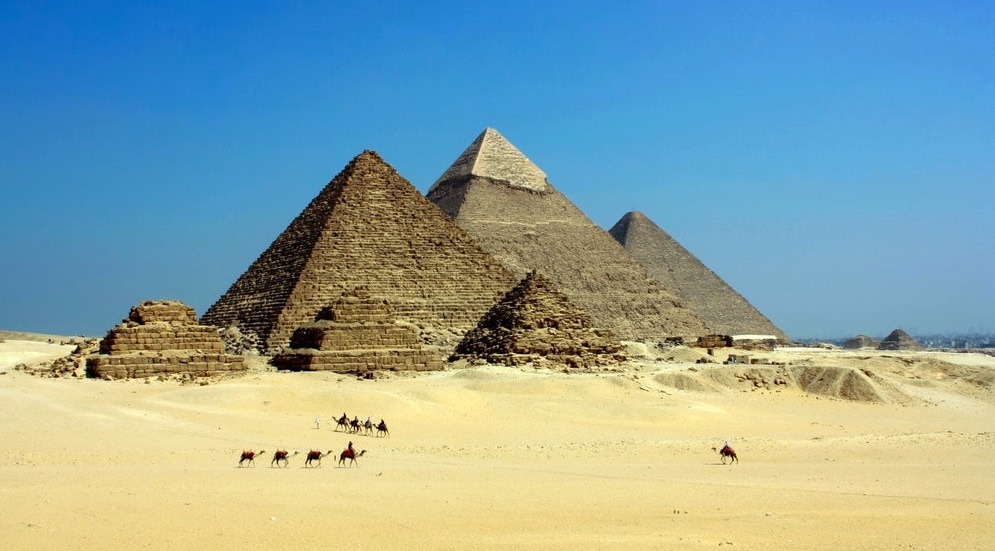Almost everyone has heard of the Ancient Egyptians. Even our museums today reflect the impact that the ancient Egyptians have had on our way of life, with mummies and hieroglyphics found throughout. But is there more to them? How have their ancient ways and inventions helped shape the way we live today. From medicine to leisure, read on below to find out just some of the ways that ancient Egyptian culture has influenced the way we live today.
Alphabets
This may be surprising, but the ancient Egyptians were one of the first cultures to come up with the idea of a phonetic alphabet, an alphabet system in which the symbols represent sounds rather than words. While hieroglyphics were small pictures that were used to represent words, there were 24 signs which were phonetic and used to pronounce loanwords and foreign words. As time went on and the art of hieroglyphs became more and more specialized, the common folk began to use these phonetic symbols more often, eventually creating the 22 letter Proto-Sinaitic alphabet. While it may not look like our current alphabet, the concept of a phonetic alphabet quickly spread to Egypt’s neighbors and eventually around the world, leading up to our well known modern alphabet today.

Paper and writing
Ancient Egyptians may not have discovered the classic pen and paper which we use today, they certainly helped advance the writing methods and bring the world away from the clumsy and cumbersome task of carving into stone. Papyrus, a form of paper or cloth made from woven reeds, and the reed pen which was used to write on papyrus, were created by the Ancient Egyptians in 3000 BC but it took over 1500 years for it to catch on across the world. Papyrus eventually became a very lucrative export business for the Ancient Egyptians due to the secretive nature of how it was made. However, the export business soon died down as Europe began using parchment and China came up with a paper-like product using hemp rags and mulberry bark. So while it may not be the paper we use today, papyrus was hugely instrumental in the move from stone to a more portable and convenient form of documentation which has greatly influenced our world today.
Wigs
This may seem a bit strange, but did you know that the concept of wigs or head coverings actually came from the ancient Egyptians. Living in the hot desert climate meant that a full head of hair could cause them to overheat and suffer from heatstroke and being completely bald left the top of their heads exposed to the harsh ultraviolet sun rays often leaving them with blistering sunburn They needed a temporary solution, hair that could protect their head from the sun but not trap as much heat as real hair. Their solution? The wig of course! Not only did it protect them from the sun, but it also looked good and could be washed much more easily than normal hair, which helped protect them against head lice. Wigs have become extremely commonplace today, from courts to fashion statements, and this is all thanks to Ancient Egyptians.

Recorded medicine
Treating medical conditions with herbs and animal products was not something new. In fact, there has been evidence of such treatments long before the ancient Egyptian civilization even started. But with their new invention of papyrus and reed pens, ancient Egyptians brought about a whole new dimension to medicine in that they were able to record the procedures that took place. This allowed them to share ideas and to record what treatments worked and which didn’t and which methods had already been tried. In doing so, it not only benefited the civilization at the time but has been of huge significance in today’s medicine as well by helping us understand basic principles and also influencing how we record medical procedures today.










